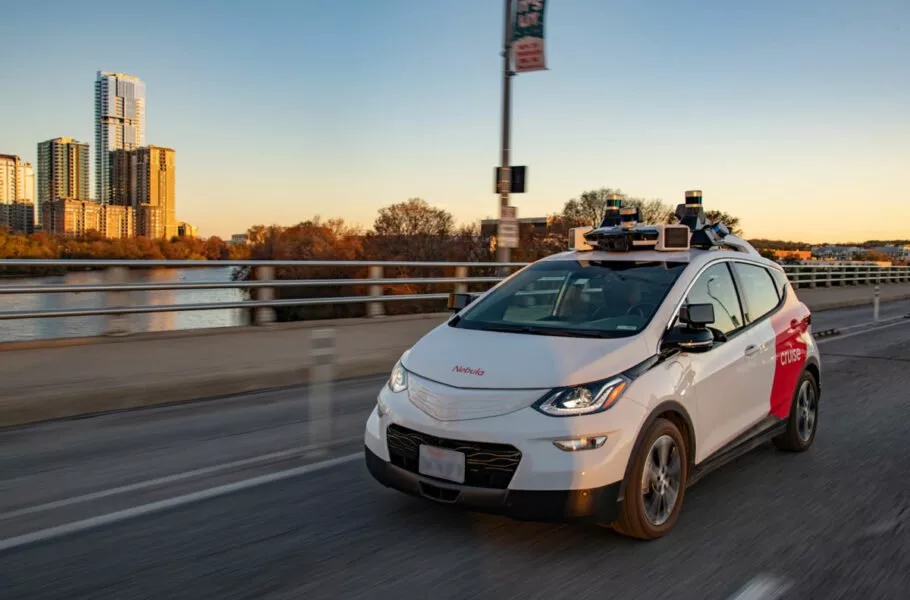The shutdown of Cruise’s startup leaves Google’s driverless taxi branch with few competitors, although Tesla and Amazon are still in the race.
General Motors has announced that its startup, Cruise, will be shut down after several years of trial and error, and it will no longer be involved in developing driverless taxis.
The Cruise startup, which initially garnered significant attention, has recently been shut down by its parent company, General Motors. Mary Barra, the CEO of the automaker, made this surprising announcement, stating that the autonomous transportation service was never part of the company’s “core business.”
Reasons for the Shutdown of General Motors’ Robotaxi Business
Legal obstacles, multiple permits, and high costs were among the factors that forced General Motors’ executives to make this decision. Instead, General Motors has decided to focus its efforts on driverless vehicles.
Other Factors Contributing to the Failure of Cruise Startup
Another factor in the failure of the Cruise startup was the numerous conflicts between its CEO and the president of General Motors. Before being ousted, the CEO insisted on allocating resources for the broader rollout of driverless taxis, while the CEO of General Motors believed that Cruise’s resources should be redirected to other company products, including luxury Cadillac vehicles.
Reports indicate that the financial losses in the company’s autonomous taxi division reached $3.48 billion in 2023, with little operational profit. It was expected that Cruise would generate about $1 billion in annual revenue by 2025; however, like many other startups, the company didn’t survive even until the end of 2024.
Cruise is not the first example of failure in the driverless taxi field. About two years ago, Ford announced the closure of its startup Argo AI, which had a similar focus. At that time, Ford concluded that improving autonomous driving in its self-driving vehicles would likely yield higher short-term profits, prompting them to shift their investments in that direction. Although it is expected that we will see a large fleet of driverless public vehicles in developed countries over the next few decades, the widespread adoption of this idea is not expected anytime soon.
